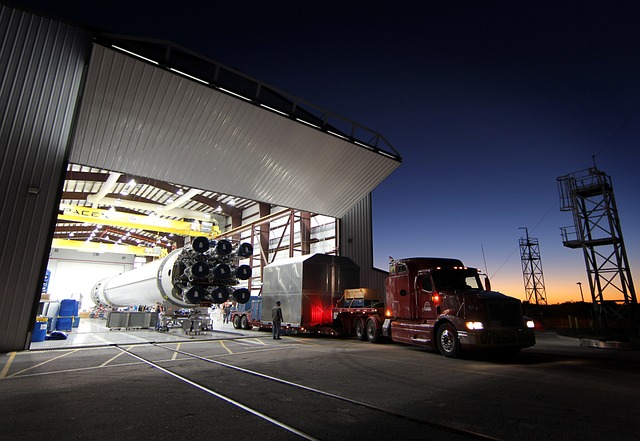Aircraft hangar buildings serve as essential structures for storing, protecting, and maintaining various types of aircraft in the aviation industry. It is more than just a shelter; these engineering marvels showcase advanced technology, strategic design, and a commitment to asset safety.
Buildings designed for prefab aircraft hangars are available in a range of sizes, from small personal hangars to large structures that can house several private aircraft. Designed for aviation operations, their structure is a combo of functionality and innovation. During the construction of large aircraft hangars, durable materials such as steel frameworks and composite panels are used to ensure longevity.
Aircraft hangars are designed in order to shield aircraft from adverse weather conditions, including rain, snow, and intense sunlight. Additionally, hangars enable technicians to perform maintenance and repairs in a controlled environment regardless of external factors.
Unlike traditional aircraft hangars, modern aircraft hangars are equipped with advanced security measures, climate control systems, and fire suppression mechanisms. In the case of executive jet hangars, these facilities are often also used as workshop areas, storage areas, office spaces, and even passenger lounges.
Technology evolves, so do hangar building designs. Some are now outfitted to residence electric powered and hybrid aircraft, integrating charging infrastructure and specialised air flow systems. Sustainable practices are additionally turning into a focus, with energy-efficient building substances and renewable electricity options being included to minimize their environmental footprint.
In essence, plane hangar structures shape the spine of aviation infrastructure. They signify the dedication of the enterprise to protected and environment friendly operations, whilst additionally embodying the spirit of innovation that continues to power aviation forward. As aviation expands and adapts to new challenges, these hangars will definitely stay critical in shaping the future of flight.

Comments
Post a Comment